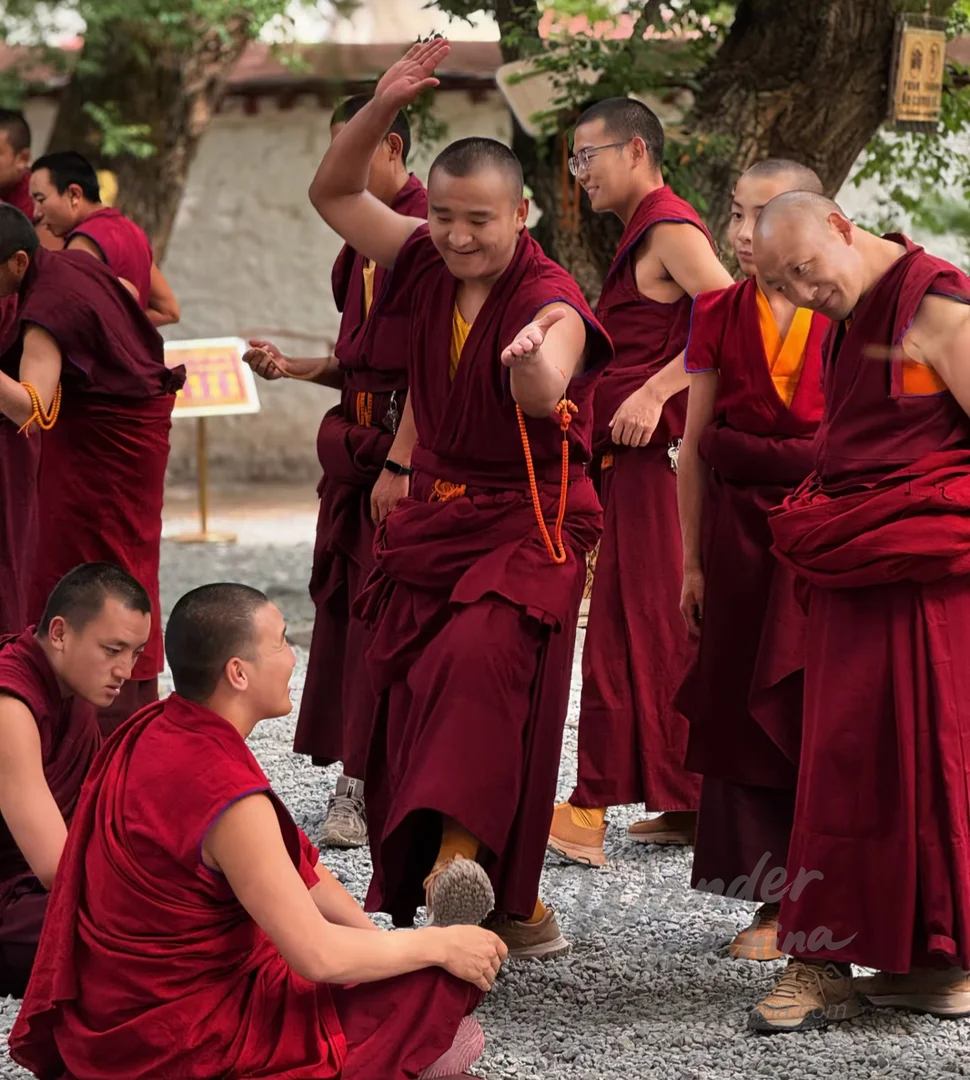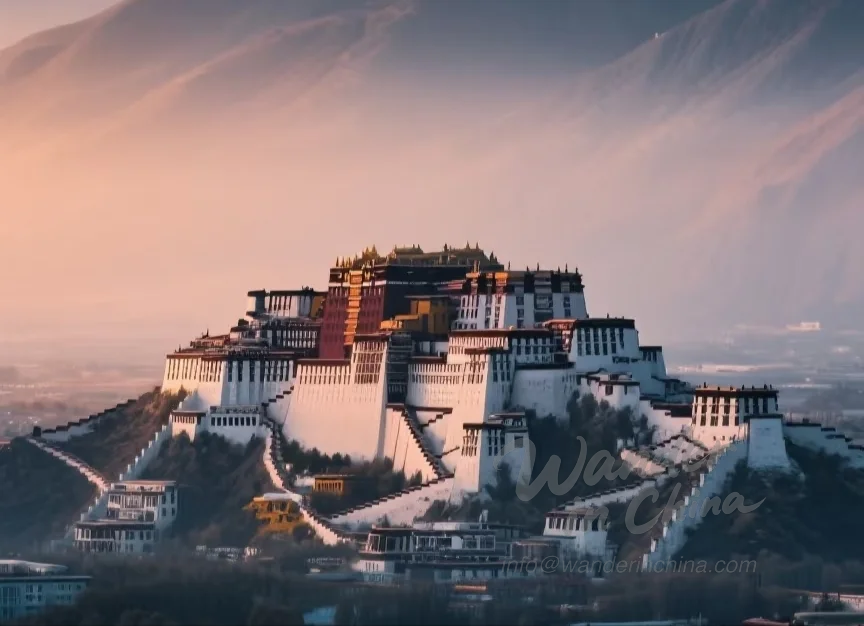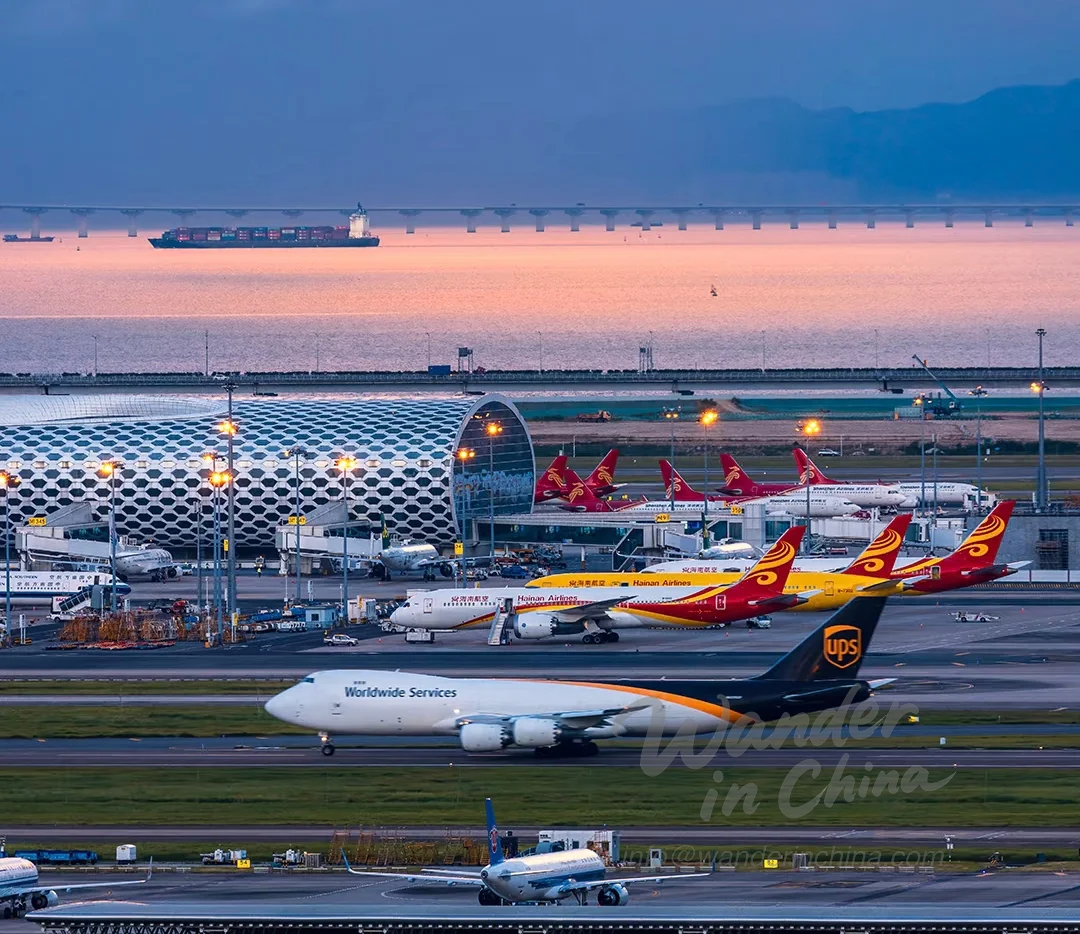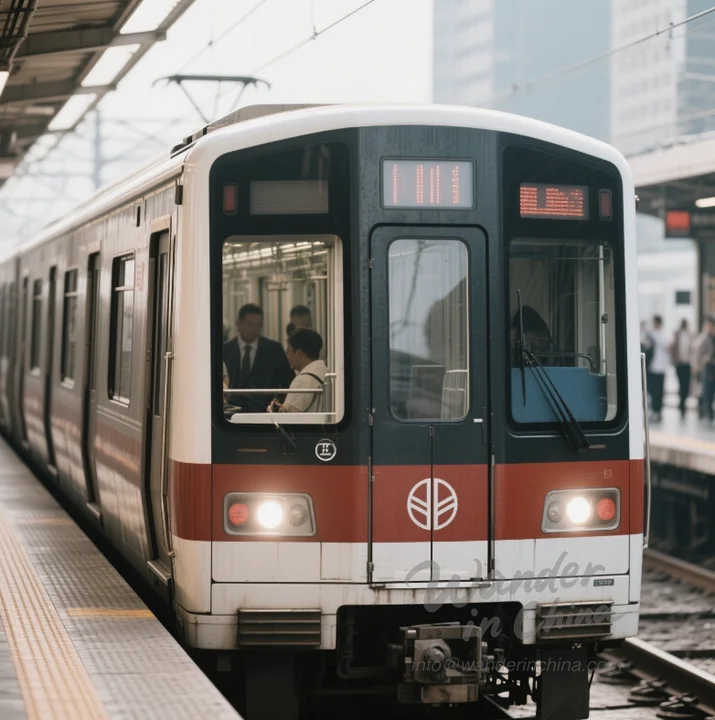Explore Norbulingka: Lhasa's Summer Palace - History & Gardens

Exploring Norbulingka: Lhasa’s Enchanting Summer Palace
Norbulingka, meaning “Jeweled Garden,” is a sprawling palace and park in Lhasa, Tibet, that served as the traditional summer residence of the Dalai Lamas. More than just a beautiful space, Norbulingka holds significant cultural and historical importance, offering visitors a glimpse into the lives of Tibet’s spiritual leaders. A visit to Norbulingka offers a tranquil escape from the bustling city and a deeper understanding of Tibetan history and culture.
History and Significance
The construction of Norbulingka began in 1755 under the 7th Dalai Lama, Kelsang Gyatso, and was expanded by subsequent Dalai Lamas. It served not only as a summer palace but also as an administrative and religious center. The Norbulingka history is intertwined with the political and spiritual life of Tibet. The palace witnessed important events, hosted dignitaries, and served as a place of refuge and contemplation for the Dalai Lamas. Its meticulously maintained gardens reflect the Tibetan reverence for nature and harmony.

Gardens and Architecture
The Norbulingka gardens are a masterpiece of landscape design, blending natural beauty with traditional Tibetan aesthetics. Covering an area of 36 hectares (89 acres), the park is divided into several sections, each with its own unique character. The gardens feature a diverse collection of plants, flowers, and trees, creating a vibrant and serene atmosphere. The architecture of the palace buildings within Norbulingka is equally impressive, showcasing traditional Tibetan craftsmanship with intricate woodwork, colorful murals, and gilded roofs.
Exploring the Palace
Norbulingka is composed of several palaces and pavilions, each serving a specific purpose. Exploring the palace complex offers a fascinating journey through Tibetan history and culture.
Kelsang Potrang
The Kelsang Potrang, built by the 7th Dalai Lama, is one of the oldest and most significant structures within Norbulingka. It served as his residence and is adorned with beautiful murals depicting Buddhist deities and historical events.
Tsokyil Potrang
The Tsokyil Potrang, also known as the New Palace, was built by the 14th Dalai Lama. It is a more modern structure, reflecting a blend of traditional Tibetan and contemporary architectural styles. The Tsokyil Potrang houses the Dalai Lama’s private chambers, reception halls, and a meditation room.

Golden Chamber
The Golden Chamber is a smaller, exquisitely decorated pavilion used for religious ceremonies and meditation. Its walls are adorned with gold leaf and intricate carvings, creating a dazzling and spiritual atmosphere.
Festivals
Shoton Festival
One of the most important festivals celebrated at Norbulingka is the Shoton Festival, also known as the Yogurt Festival. This annual event features Tibetan opera performances, traditional dances, and the unveiling of giant thangkas (religious paintings). The Shoton Festival attracts thousands of pilgrims and tourists, transforming Norbulingka into a vibrant hub of cultural activity. For more insights into the broader traditions, see our guide to Tibetan Culture in Lhasa: Monasteries, Festivals, and Traditions.

Tips for Visitors
- Best Time to Visit: The best time to visit Norbulingka is during the summer months (June-August) when the weather is mild and the gardens are in full bloom.
- Opening Hours: Check the official website or inquire locally for the most up-to-date opening hours.
- Entrance Fee: There is an entrance fee to enter Norbulingka.
- Respectful Attire: Dress modestly and respectfully when visiting Norbulingka, as it is a religious site.
- Photography: Photography is generally allowed, but flash photography may be restricted in certain areas.
- Guides: Consider hiring a local guide to learn more about the history and significance of Norbulingka.
- Transportation: Consider options for Getting Around Lhasa: Transportation Options for Tourists to reach Norbulingka.
For a complete overview, see our main guide to Lhasa: The Heart of Tibet.





